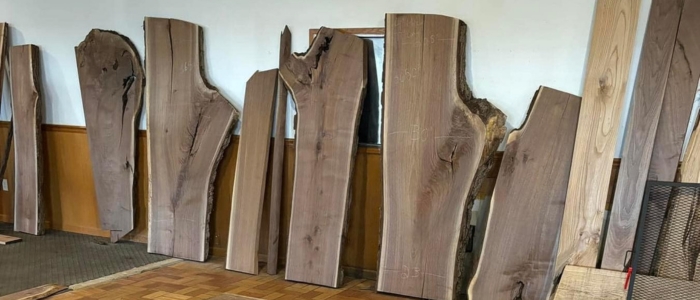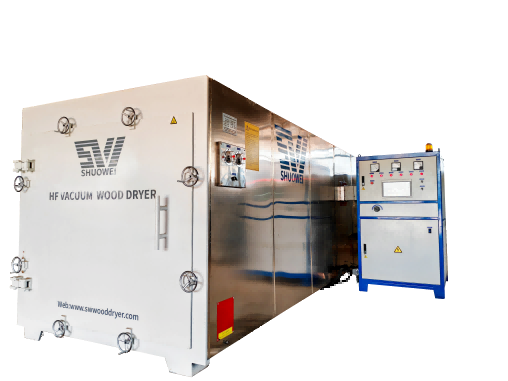Do you know North American hardwood? Do you know which kind of hardwood belongs to high end hardwood?
In this issue, we will introduce four kinds of woods: American ash, American white oak, and American black walnut.
AMERICAN ASH
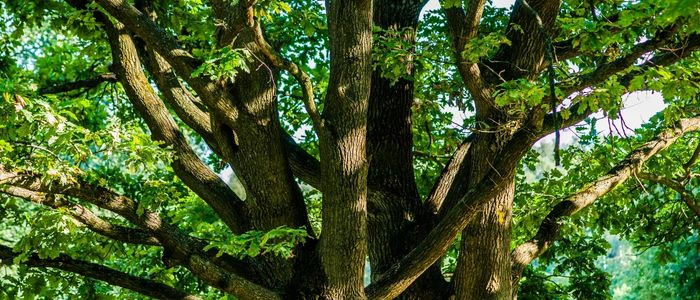
Also known as Northern Ash, Southern Ash
North American ash is an wood growing chiefly in mixed hardwood forests of the eastern United States, from upstate New York to the southern Gulf states.It widely grows in the mountains, plains and coastal areas, because of the complexity of latitude, climate and soil conditions, North American ash subspecies are numerous.
According to the North American Forest Inventory Analysis (FIA), the North American ash stock is 657 million cubic meters, accounting for 4.5 percent of the total hardwood stock in the United States. The annual growth of North American white ash is about 3.3 million cubic meters, the harvest is about 6.9 million cubic meters, and the net volume (net volume = growth – harvest) is about -3.5 million cubic meters. North American ash is the fourth largest U.S. hardwood species by export volume.
North American ash is a light – colored wood. Sapwood parts pale to white in color, heartwood color from brownish gray to light brown, sometimes with brown stripes of light yellow. The color difference between the outer pale white sapwood and the inner darker or even brown heartwood is very pronounced. The tree grain of North American ash is straight, the wood structure is rough and uniform.
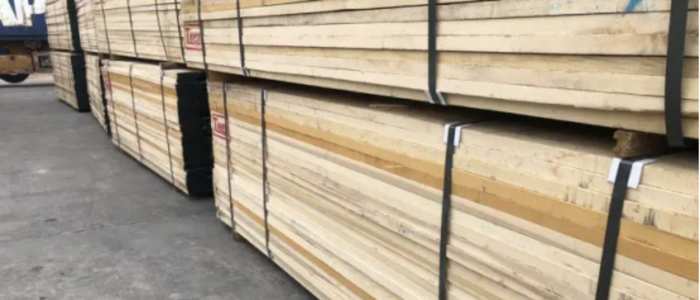
The characteristic light brown spots or mineral streaks of North American ash, known as “Glass worm,” are very common in North American ash and are considered a natural feature. “Glass worms” are not considered a defect under the North American Hardwood Board Association (NHLA) Classification rules. They do not damage the integrity of the wood.
Wood advantage
- Good processing performance:
Ash wood has good processing performance, and can obtain excellent surface by dyeing and polishing treatment. Drying is relatively easy, and the reduction is very slight, with few performance changes.
- Strong durability,
The core material of ash wood has medium permeability resistance to anticorrosive treatment agent, and the sapwood has permeability. Natural ash wood has very strong resistance decay function, because of this, it has longer service life, although use it at toilet which is damp space, the life of ash wood furniture also grows a lot longer than common furniture.
- with high strength
American Ash furniture has obvious functional advantages in compressive resistance, and the density of ash is high, the surface lubrication is also very good, so ash wood is also the preferred material for many high-end sofas. Whether it is fixed by screws or nails, it is very stable. The function of ash wood furniture attachment is also appropriate and excellent, after dyeing and polishing on the surface, it has excellent decorative effect.
4. The grain is beautiful
The soft grain and elegant color of ash wood were favored by European royalty during the Victorian period (1851-1901). A lot of furniture made of ash: high chairs, cabinets, dressers, jewelry boxes… Are deeply influenced by the Gothic style of the time, sophisticated production, exquisite carving, can be called works of art.
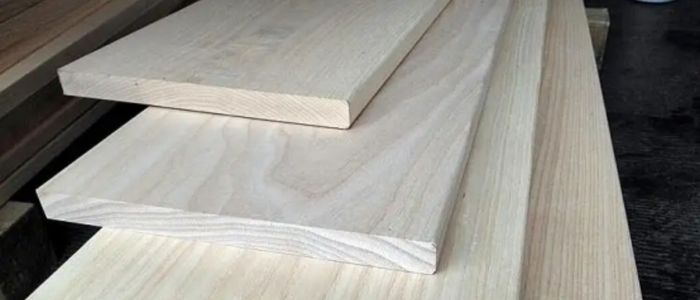
Notice
- Ash wood is relatively scarce in the raw material market, so it is generally used for high-end furniture and the price is expensive.
- Ash wood drying performance is poor, the drying process requirements are higher, if not well treated, there will be cracking deformation and so on.
- The surface of ash wood is easy to fluff, which requires high processing technology, otherwise it is easy to affect the qualified rate of products.
AMERICAN WHITE OAK
Also known as Northern White Oak, Southern White Oak
North American white oak widely distributed in mixed broadleaved forests over much of the eastern United States, representing approximately 33% of the United States broadleaved wood resource. North American white oaks are tall and easily identified by the shape of their rounded leaves, which turn brown in autumn. Some North American white oak grows in the mountain, some grow in the lowland, the formation has different characteristics, so there are obvious differences in North American white oak because of the different growth environment. Like Red oak, White oak is considered sustainable for both domestic and export consumption in the United States.
According to the North American Forest Inventory Analysis (FIA), the growth of white oak in North America is 2.26 billion cubic meters, accounting for 15.5 percent of the total hardwood stock in the United States. North American white oaks grow by about 40.1 million cubic meters per year and harvest about 20.1 million cubic meters. Net volume (net volume = growth – harvest) increases by about +20 million cubic meters per year. Growth in North American white oak exceeded harvest in all major supply states.
North American white oak has an attractive texture.
In general, the sapwood of North American white oak is white to light brown, and the heartwood is usually light to medium brown or even dark brown. The distinction between sapwood and heartwood in North American white oak is less pronounced than in North American red oak. The grain of North American white oak is mainly straight grain, medium is coarse texture. North American white oak has a medullary ray — characteristic of all true oaks — and the medullary ray is longer in white oak than in red oak. North American white oak heartwood is non-porous and ideal for wine casks.
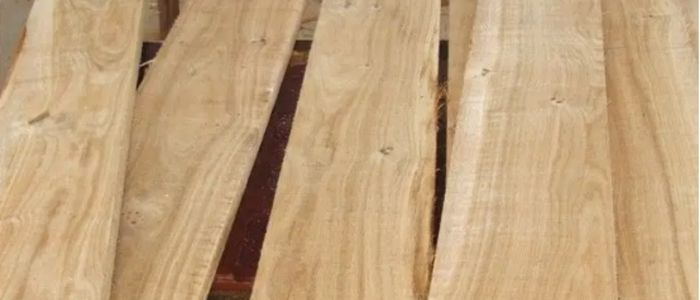
Wood advantage
- widely used
American white oak is used in a wide range of applications, including shipping and shipbuilding, flooring, architectural carpentry, exterior carpentry, railroad sleeper and timber Bridges. Due to its strength and decay resistance, it is also a premium wood for high-end furniture, interior woodwork and paneling. Because of its impermeability, it is suitable for casks and casks that hold liquids such as wine and spirits.
- good processing performance
American white oak is a hard and heavy wood with low stiffness and good overall strength. Its drying density reaches 760kg/m³, which is harder than that of black walnut (640kg/m³) and cherry (580kg/m³), which are both North American hardwoods. It also has very good steam bending properties and is easy to process, nail, glue and screw. It stains easily and can take on a variety of colors. This is a slowly drying wood, so care is needed to avoid inspection. Moreover, given its high shrinkage rate, it is susceptible to certain movements under variable moisture conditions.
Notice
White oak, belongs to Fagaceae, Quercus species deciduous trees.There has one kind of oak in China also be called Oak, but quality difference is very big, however. Only the white oak produced in North America is characterized by long age, large tree diameter, prominent pattern, and few mottles and black lines, can be used as a fine hardwood high-grade wood.
Only “North American white oak” can be called real wood · white oak, there is no Southeast Asian white oak, African white oak.
AMERICAN WALNUT
North American walnut concentrated in mixed broad-leaved forests and farms in the eastern and central states of the United States, spreading from Texas to the eastern seacoast. North American walnut is one of the few hardwood species that are cultivated as well as naturally occurring and regenerated. The North American walnut is relatively tall and straight, with few lower branches
According to the North American Forest Inventory Analysis (FIA), North American walnut growth is 137.8 million cubic meters, accounting for 0.9% of the total U.S. hardwood stock. North American walnuts grow about 4.8 million cubic meters per year and harvest about 1.9 million cubic meters. Net volume (net volume = growth – harvest) increases by about + 2.9 million cubic meters per year. In all the major North American walnut supplying states except Michigan, growth exceeded harvest.
The sapwood of North American walnut is milky white, and the heartwood is light brown to dark chocolate brown, with distinct color differences, sometimes with black or even purple stripes. The wood grain of North American walnut is usually straight, but sometimes with wavy or curly lines, resulting in its unique and attractive shape, which is sought after by designers. Dark heartwood is gradually dimmed by long-term exposure to the sun’s ultraviolet rays. North American walnuts are very different from European walnuts, which tend to be lighter in color.
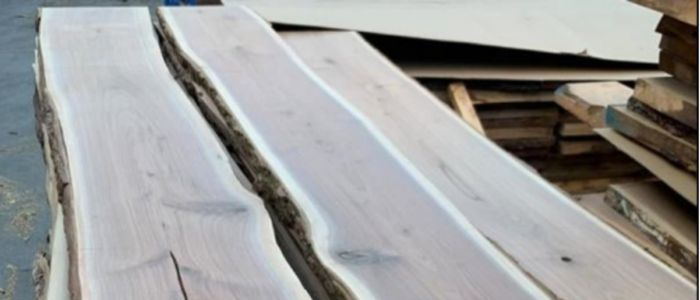
Wood advantage
- 1. Excellent wood performance
North American walnut has a hard floor and moderate density. It has moderate bending and compressive strength, and low stiffness, which is very stable. It has a good steam bending classification. Walnut is used to make furniture not only molding effect is good, and color of surface burnish saturation is rich and full.
- Good appearance
North American walnut has a light black – brown color with purplish tints and a beautiful large parabola pattern on the chords. Beautiful and magnificent
- Good durability
North American walnut is recognized as a core wood that is extremely resistant to decay. It is one of the woods that is resistant to decay even in corrosive environments. Main applications: Furniture, cabinets, building decoration, high joinery products, doors, floors, etc.
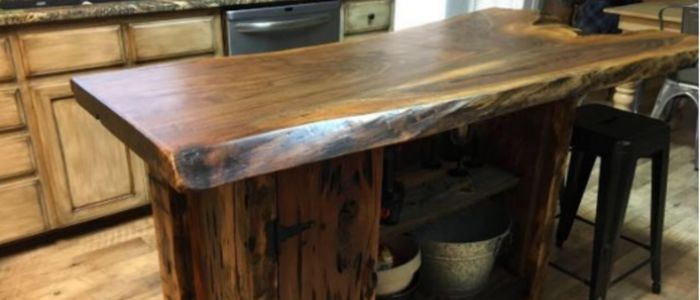
Notice
Even if be in main producing area United States, black walnut is also very luxurious wood, So a lot of so-called walnut on international market. For example South American walnut, Autumn walnut, Golden silk walnut, Olive benevolence and etc are not authentic black walnut.

